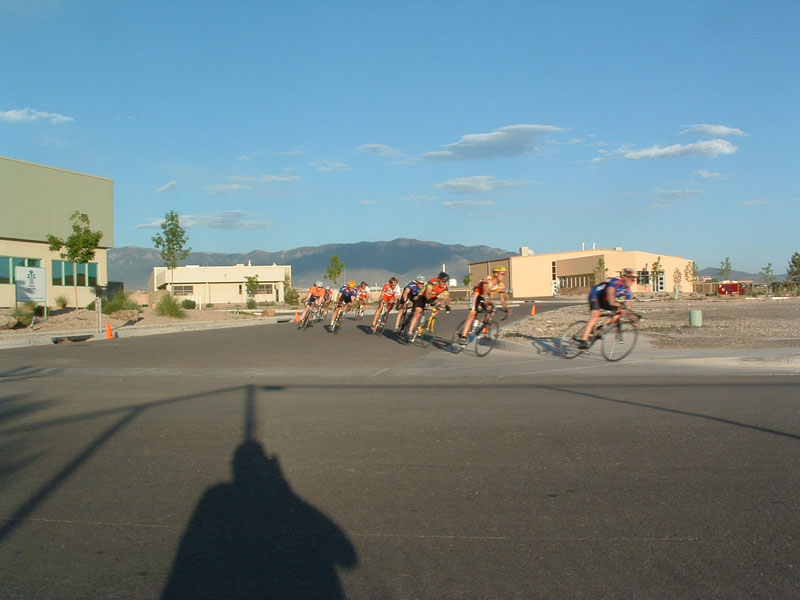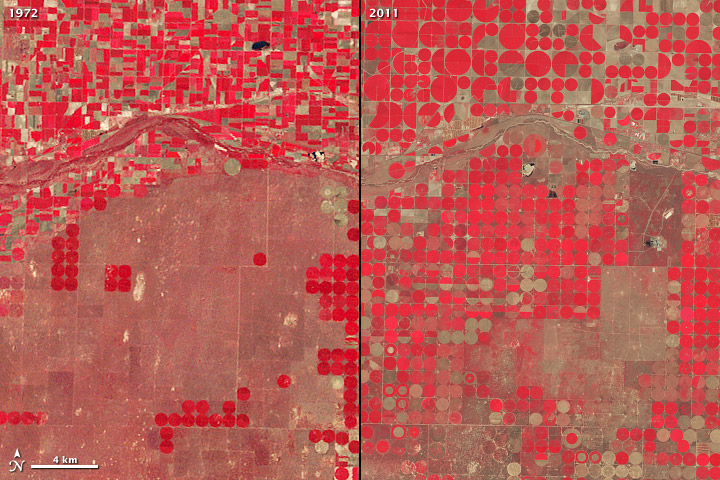Cynthia Koehler, writing in the Sacramento Bee last week, offers another example California water’s wicked problem. While all the attention is focused on the Sacramento Delta, are the critical headwaters of the state’s great river systems being given short shrift?
California’s farms, commerce, industry and 38 million residents rely in large part on water that flows from headwaters forests – many of them on public land from the Feather River to the Owens Valley to Hetch Hetchy.
Whether remote or right in our backyards, the headwaters of California’s rivers and streams are essential to our water security. These forests capture and hold snow in the winter. Their soils soak up water from snowmelt like enormous sponges, providing a natural cleansing filter, replenishing aquifers, and moderating floods and high flows as the water moves downhill toward its many users. Headwaters forests are the savings accounts for water security in California and the West.
Today, these watershed regions are at risk. Emerging threats include severe drought, higher levels of insect infestations, invasive species and excessive erosion. Wildfires like those now blazing around the state bring massive post-fire washouts of sediment – clogging rivers and streams. Many headwaters are also weakened by past forest management legacies.
This is a great example of what John Bass recently called “the scope of the water geography to be implicated“. The set of problems Californians are grappling with when they deal with the “Bay-Delta problem” has been circumscribed by the processes being used to discuss them. Specifically, the Ba Delta Conservation Plan is a product of state and federal endangered species law, and the boundaries of the problem – the export of water from the delta and the resulting health of the delta’s endangered critters – has been tightly circumscribed. All the energy, as a result, is focused there. But as Bass argues, and as Koehler’s piece points out, the issues are broader.


